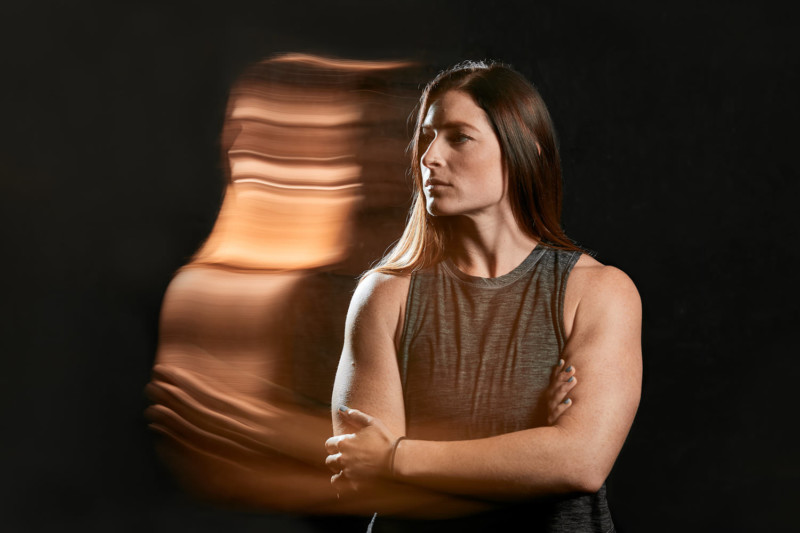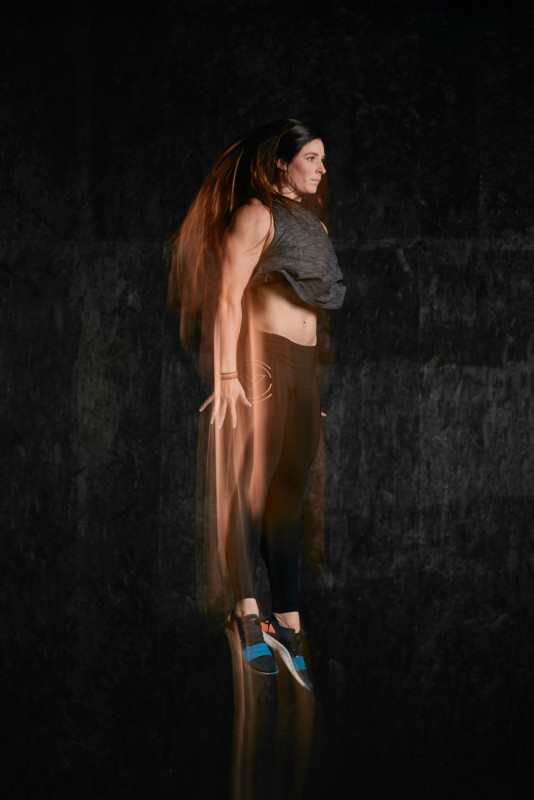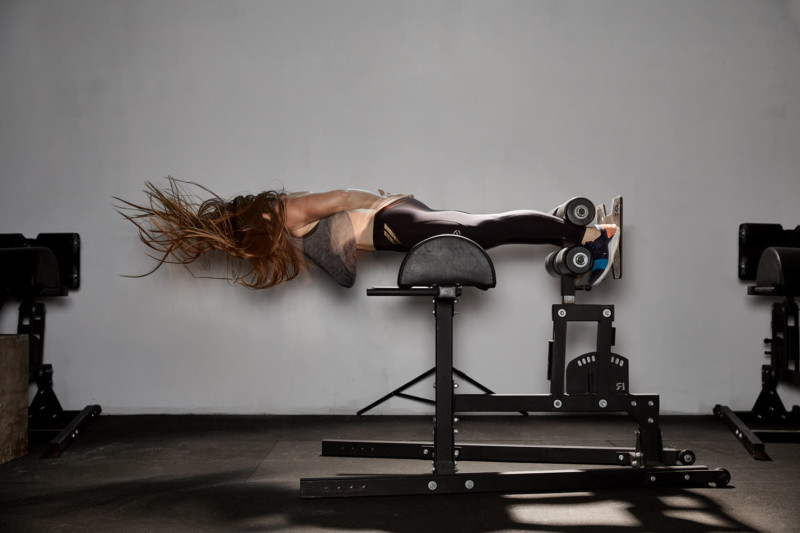Hands On with the Small but Mighty Profoto B10
![]()
I got my hands on a pair of the new Profoto B10 for some hands-on shoot testing from Profoto. If you just want to see the photos, scroll to the end of the article. If you want to get a little background on the ideas and the tech, read on.
![]()
That being said, the times when new products/equipment/technology do matter is when they allow you to create something that you couldn’t before. Opening up creative doors, or allowing you to do something new is valuable.
Enter the B10.
![]()
![]()
![]()
When Profoto announced the B10, the first thing that jumped out at me that it manages to be both small and have significant enough power to be practical. At 250Ws (compared to the B1X’s 500Ws—a one stop difference), it’s the same output as the B2, in a much sleeker package. Its cylindrical body boasting a diminutive 4” diameter and 7” length, making it very easy to pack in a camera bag along with lenses and bodies.
A lot of the work I do is either a) travel related, where gear size and weight is a very important, or b) I’m shooting solo with no assistant, and have to be able to manage all my gear myself. Size-wise, even a B1X can be too large when you’re talking about carrying multiple to a location, or on a road trip where there’s no space for an extra gear case. The appeal of a small, light, but usable unit is not to be understated.
![]()
![]()
I won’t ramble about the tech specs here, you can find those on Profoto’s product page, but suffice it to say, it has all the goodies you’d expect: HSS, TTL, 400 full power pops on one battery. I wish it was 500Ws (let’s make it 1000Ws while we’re at it), but I understand that technology is not there yet for small units. I still feel that it is powerful enough to be useful. A couple points of note: The battery is much much smaller than the B1X battery, which is awesome, but it also works while plugged in, which is so nice for the situations where you’re working right next to an outlet like I was here.
![]()
![]()
Another new feature is the modeling light that is adjustable both in intensity and in color temperature, which is a feature I utilized as a cornerstone of this shoot—which you will see shortly (keep going!).
![]()
I worked with a CrossFit athlete at CrossFit Jääkarhu in Austin, TX. I showed up with one bag of gear (the Atlas Packs Adventure) and that’s it. I came with minimal gear because that is a realistic and common scenario for me. In the bag I had:
- Canon 5D Mark IV
- Canon 24-70mm f/2.8L II
- Canon 70-200mm f/2.8L IS II
- Sigma 50mm f/2.4 Art
- Profoto Air Remote TTL-C (Canon)
- Profoto B10 x2
- Profoto OCF Magnum Reflector
- Profoto OCF 2’ Octabox and OCF speed ring
- Profoto M Umbrella – white
- 2 mid-weight light stands
- Joby Gorillapod
- A can of Atmosphere Aerosol
![]()
The concept I wanted to work with was exploring new ways to capture motion in still images. Because of the new adjustable modeling light, I chose to use one of the B10s’ modeling lights as a constant light, while the other was used only as a strobe. Below are the results, with EXIF info, and lighting diagram. The motion effect is created in-camera (with minor touch-ups in Photoshop).

![]()




The lighting setup for all images, except for the last one, is illustrated below. The key element is that her face was in shadow from the constant light. This is why the motion blur is only on her back and hair, and not affecting her face (which was illuminated by the strobe pulse from the key light on camera right).
![]()
Using the B10 felt like second nature, and feels right at home in the Profoto system. Having one or two of them would be the perfect addition to my current kit of two B1s.
Putting it through its paces in my workflow and an opportunity to try some new techniques. Overall, I think the light is a solid step forward, and a great addition to Profoto’s product lineup. I’d give it a solid recommend if you’re in the market for a mid-powered, ultra-portable flash unit, and aren’t on a super tight budget.
In summation, to circle back to my first point, new tech is only valuable insofar as it increases your ability to create. I think because of the small size of the B10, combined with respectable power output, it’s easier to bring with you anywhere. That, in turn, means you’re more likely to have it on hand and use it and create great new work. That’s a win to me.
Full disclosure: This article was not paid for or sponsored by Profoto, and I’m not beholden to them in any way, all thoughts are my own.
About the author: Caleb Kerr is a lifestyle, athletic, and commercial photographer based in Austin, Texas. The opinions expressed in this article are solely those of the author. Follow his work on Instagram, or view his portfolio on his website. This post was also published here.